The main financial task of any company is to increase its assets. To this end, the company must constantly maintain profitability in the formation of the optimal structure of the balance sheet. At the same time, the comparative analytical balance sheet acts as the main informational basis for the development and adoption of managerial decisions regarding planning, analysis, control, and audit of the company's funds and its resources.
The use of analytical balance in modern enterprises today is very wide. It contains the main financial indicators, which are subsequently used to calculate various financial ratios, allowing to characterize the state of the company at the moment or to predict it in the future.
We can say that, in general, the analytical balance is the basis for a number of managerial and financial decisions in the company. According to the received data, the financial and economic course of the company’s development in the future is projected.
The use of data from the analytical balance is also necessary in the process of identifying an excess or shortage of the main sources of an asset when examining the availability of own and borrowed funds. It also assesses the likelihood of bankruptcy and a study of the financial position of the company.

Concept and essence
Under the analytical balance should be understood as an aggregated form of the balance sheet. It makes a special regrouping of the main articles of form No. 1, by which it is possible to assess the state of both the company's funds and the main sources of property creation. Here you can also find data on the real value of the assets of the company involved in economic activities.
There is one rule: articles of the analytical balance sheet of an enterprise must be distributed according to the degree of liquidity of assets. The urgency of obligations is also required.
Briefly, the purpose of the analytical balance is presented in the form of the following concepts:
- The study of indicators both horizontally and vertically.
- Analytics on the main trends of balance sheet items.
- Identification of errors in the calculations of the accountant.
Appointment
The analysis of the comparative balance allows you to get information and data in the following areas:
- Calculation of the value of current and non-current assets, as well as sources of their financing: analytics of dynamics and structure.
- Identification of balance sheet items with outstripping growth rates.
- Structural share of assets in terms of receivables and inventories.
- Differentiation of liabilities by the degree of urgency of payments.
- Calculation of the share of the company's own resources
When conducting such an analysis, special attention is paid to those elements that occupy the maximum or largest share in the structure. Particularly considered are those articles that also increase or decrease sharply.
The analysis using horizontal and vertical techniques makes it possible to evaluate and establish the size and dynamics of the property of the company and its individual elements.
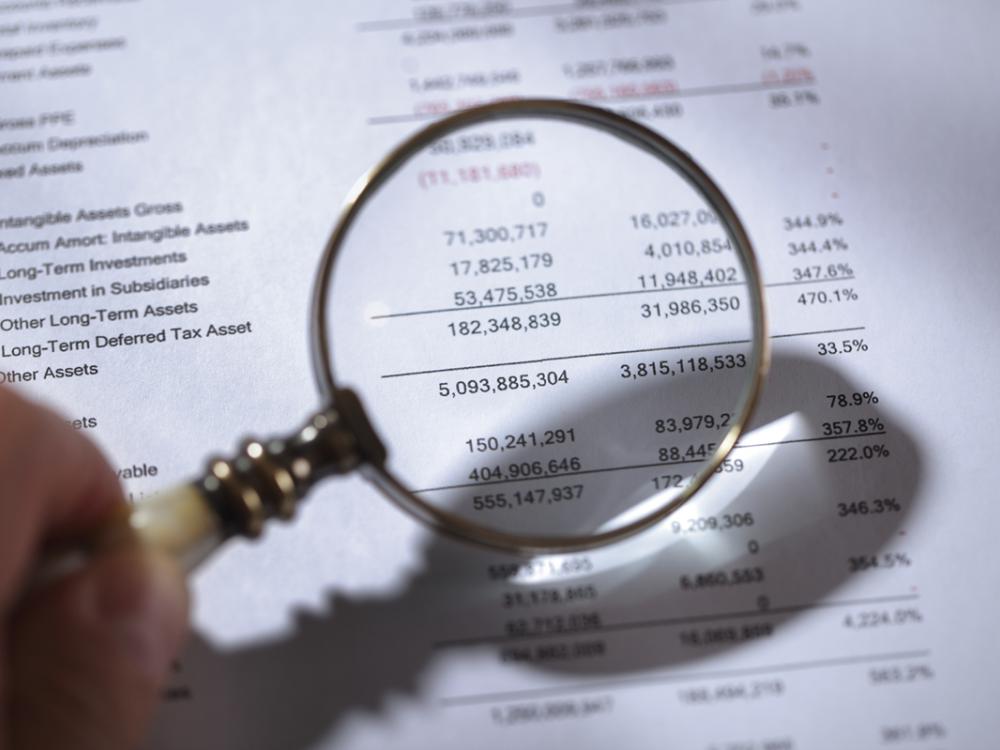
Form submission
The main feature of the analytical balance sheet (as opposed to simple accounting) is that the articles in it do not need to be deciphered thoroughly and in detail, but you can present them in the form of specific groups. That is, it lacks a deep granularity of indicators. The presentation of this type of report is based on this feature.
A more clearly studied form can be represented by the following table:
| Indicator | Base period | Reporting period | Dynamics, thousand rubles | |||
| in absolute units | at % | in absolute units | at % | in absolute units | % to change TOTAL balance | |
| Assets | ||||||
| 1. Non-current assets | ||||||
| 2. Current assets | ||||||
| 2.1. Stocks | ||||||
| 2.2. Receivables | ||||||
| 2.3. Cash and investments | ||||||
| BALANCE TOTAL | ||||||
| Liability | ||||||
| 3. Equity | ||||||
| 4. Long-term liabilities | ||||||
| 5. Current liabilities | ||||||
| 5.1. Loans | ||||||
| 5.2. Lenders | ||||||
| TOTAL BALANCE |
In this table, all existing company values should be reflected and indicators calculated:
- Structures (in% of the total balance).
- Dynamics in absolute units (in thousand rubles).
It is also possible to calculate the growth rate in% by the beginning of the year. This form allows you to make the most understandable and convenient conclusions on the change in balance sheet items, as well as use specific data to calculate ratios in financial analysis.
Application in the analysis process
Very often, when conducting a financial analysis and calculating ratios, an important source of information is the state of the company's current assets and their individual elements. In the process of research, attention is paid specifically to the study of current assets: their dynamics and structure.
There are two options for conducting analytics: horizontal and vertical methods. When conducting an analysis of the financial condition of the enterprise, both of these methods are used equally often.
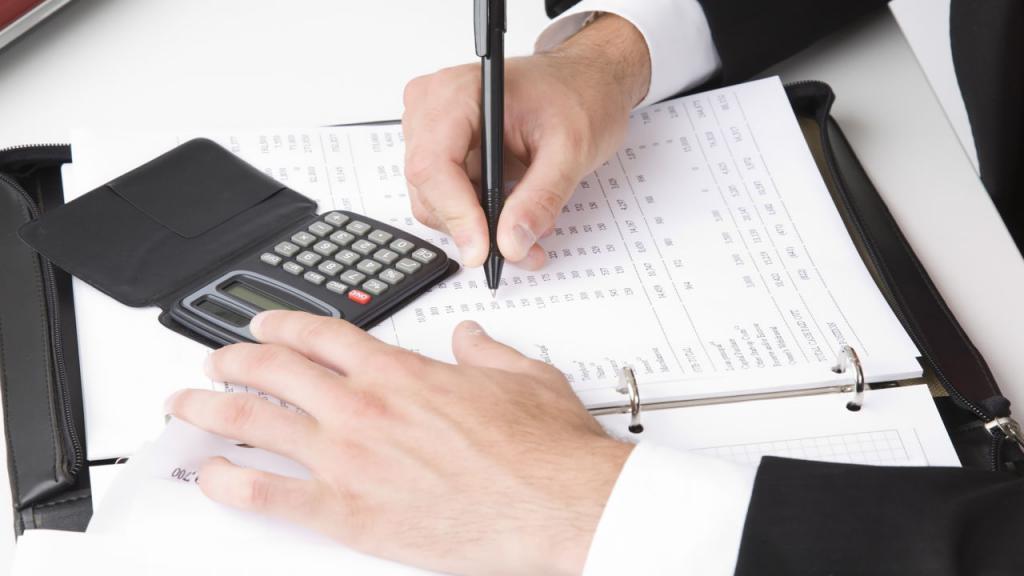
Horizontal analysis
Its feature is that it compares the indicators of the reporting and base periods with each other. That is, the dynamics of a number of indicators and balance values that are formed in the current time period, relative to the past, are estimated. At the same time, the comparison period can be either a year or a half year, even a quarter. For a simpler analysis, two periods are used: current and past. However, for a more in-depth understanding of a number of financial and economic processes, three years or more can be used. It all depends on the purpose of the analytics.
Such an analysis provides the following possibilities:
- A thorough study of dynamic processes over several periods of the company’s activity.
- Definition of conclusions for further successful work.
- The study of individual dynamic processes, for example, the growth or reduction of accounts payable, profit margin and so on.
It is a horizontal analysis that reveals the directions of competent decisions of the company's financiers in eliminating various identified problems and deviations.
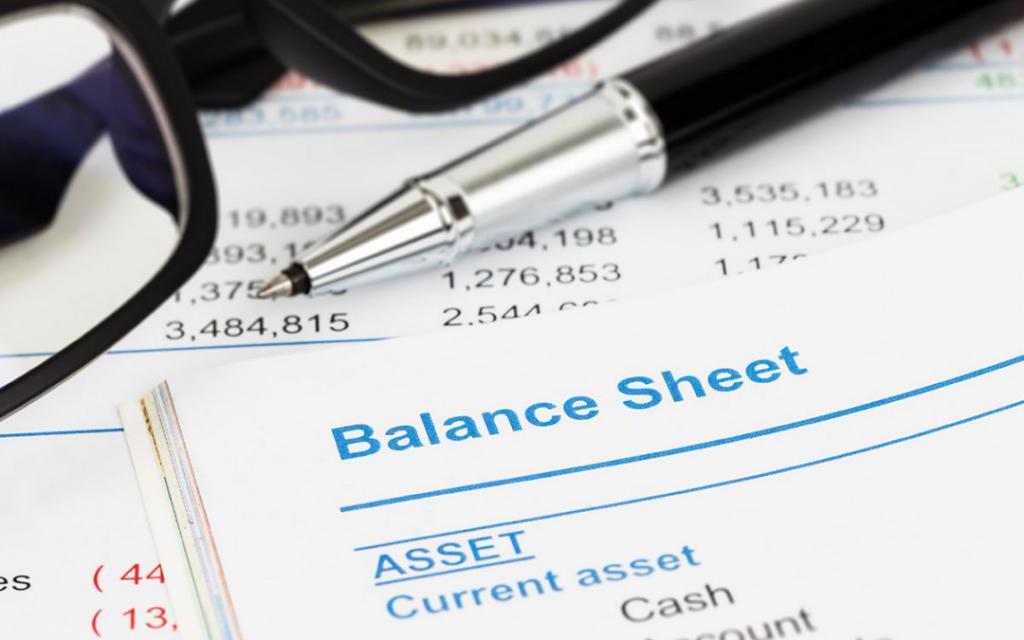
Vertical analysis
Despite the fact that the goal of vertical analysis is similar to the goal of horizontal analysis, there are a number of differences in the methodology for their implementation.
If horizontal analysis operates with absolute indicators, then when carrying out vertical analysis, it is necessary to use relative indicators. So, when it is carried out, individual elements of the balance sheet are considered as part of the group, for example, inventories or receivables in the structure of current assets, loans in the structure of short-term liabilities. In the process of analysis, the structural relationship between the individual elements of the balance sheet items is revealed in relation to the total value of the asset or liability.
Further, according to the results of the revealed structural fractions of the individual elements of the analytical balance, we can already apply the horizontal analysis technique. This moment consists in tracking dynamic processes in the structure. For example, having identified the share of accounts payable in the structure of liabilities, at the next stage you can consider how this share has changed over the course of two or three years in the company.
The method of formation and compilation
As mentioned above, they get this balance by grouping articles of the analytical balance sheet of the company. In this case, the two most popular principles in the analysis process are applicable: liquidity and urgency.
When compiling the analytical balance, the principle of liquidity is that all active funds of the company are divided into four large groups:
- High liquidity assets.These include those funds that are cash or are capable of becoming very quickly.
- Assets that are quickly realized. This includes, as a rule, all receivables that can be repaid in a short period of time, that is, for a period of up to 12 months.
- Assets that are slowly being sold. This includes stocks of raw materials, materials, goods, as well as receivables with a high return period, that is, for a period of more than 12 months.
- Assets that cannot be classified as current. These are buildings, structures, that is, non-current assets.
Consider the principle of urgency when forming the analytical balance. When using it, liability articles are formed in the following areas:
- Liabilities that are very urgent, such as payables.
- Liabilities that are current and have a short-term nature: loans and loans for up to 1 year.
- Long-term liabilities: loans for more than 1 year and bonds.
- Liabilities related to the category of constants: authorized capital, profit and reserves.
An important feature should be noted: the sum of all assets formed on the basis of liquidity is equal to the sum of all liabilities formed on the basis of urgency.
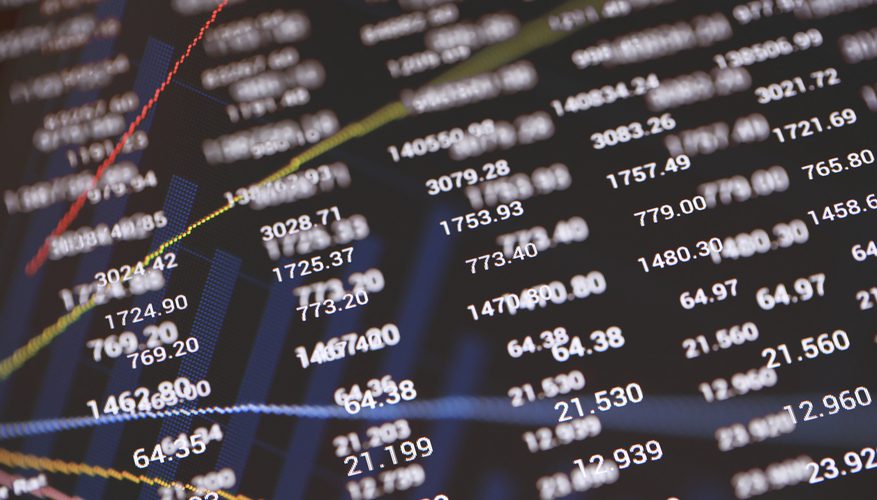
Balance Formation Problems
The main difficulty in the formation of a comparative analytical balance lies in its complication. In order to solve this problem, it is currently proposed to simplify its structure and review the grouping of funds. This is the direction of its improvement.
The characteristics of a successful balance sheet are as follows:
- The reality of its indicators and their achievement.
- Availability of information support for all users of the balance (external and internal).
In the study of the concept of reality of the analytical balance sheet, it is especially worth noting the fact that the ratings of his articles correspond to objective reality. The concepts of truthfulness and the reality of balance should not be confused. A balanced balance sheet can be true, but unrealistic. The main way to achieve truthfulness is the ability to justify the balance sheet indicators with documentation and sources (records of accounting accounts, accounting calculations, inventory records). The main point in observing the veracity of the balance is to reconcile the records of accounts for analytical and synthetic accounting in the process of preparation.
An important problem of compiling the balance is the low degree of analyticity, which is associated with the informational limitations of a number of balance indicators. It, as you know, reflects the composition of the property of the company and its liabilities, but there is no information on the factors under the influence of which this structure has developed. Therefore, to determine the latter, more detailed information is needed on the supply processes in the company, its organizational processes, structure and investment activities. This information is often internal. It can be classified as a "trade secret" of the company. Therefore, its use is limited in the analysis process.
In addition, the balance sheet currency does not always accurately reflect the real amount of the company’s funds. This is due to the fact that the assessment of the analytical balance is based on the book value of indicators, and not on the market. For example, stocks may be reflected in the balance sheet for the actual expenses incurred for their manufacture and purchase, and receivables take into account the mark-up in the selling price of products, which is higher than its cost. We also note the effect of inflation on the difference between accounting and real value. Such moments can be eliminated by using other forms of reporting (except balance sheet), which are also used in the process of analyzing financial condition.
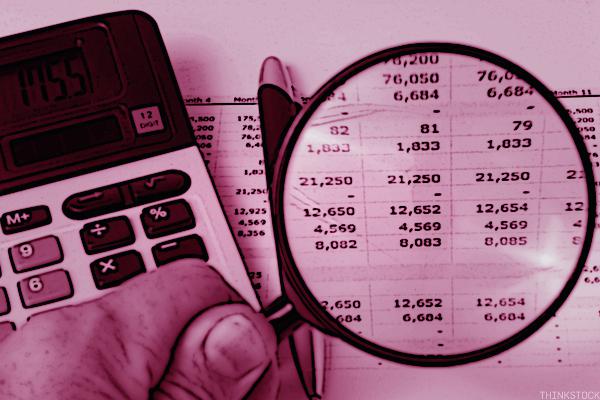
Balance example and analysis
Consider a comparative analytical balance on the example of a conditional trading company LLC "Orion".For clarity, imagine it in the table below.
An example of reporting by Orion LLC for 2015-2017. All indicators are presented in rubles.
| Assets / Balance Sheet | 2015 year | 2016 year | 2017 year | Dynamics of indicators | Indicator growth rate (%) |
| 1. Non-current assets | 140376 | 131383 | 204096 | 63720 | 145,4 |
| 2. Current assets | 505047 | 991666 | 1221270 | 716223 | 241,8 |
| 2.1. Stocks | 42801 | 50339 | 52420 | 9619 | 122,5 |
| 2.2. Receivables | 61984 | 743478 | 769202 | 707218 | 1241,0 |
| 2.3. Cash and financial investments | 400093 | 197673 | 399422 | -671 | 99,8 |
| 2.4. Other | 169 | 176 | 226 | 57 | 133,7 |
| TOTAL balance | 645423 | 1123049 | 1425366 | 779943 | 220,8 |
| LIABILITIES | |||||
| 3. Equity | 551026 | 718786 | 519694 | -31332 | 94,3 |
| 4. Long-term liabilities | 9028 | 308210 | 506842 | 497814 | 5614,1 |
| 5. Current liabilities | 85369 | 96053 | 398830 | 313461 | 467,2 |
| 5.1. Loan commitments | - | - | - | - | - |
| 5.2. Accounts payable | 85369 | 96053 | 398830 | 313461 | 467,2 |
| TOTAL balance | 645423 | 1123049 | 1425366 | 779943 | 220,8 |
The data of a horizontal analysis of the balance sheet of LLC Orion allow us to conclude that in 2017 there was an increase in the total assets of the company by 779 943 thousand rubles, mainly due to an increase in the value of non-current assets by 63 720 thousand rubles. , as well as due to the growth of current assets by 716 223 thousand rubles. The increase in the amount of working capital was provided by an increase in the amount of long-term liabilities by 497,814 thousand rubles, and also by short-term liabilities by 313,461 thousand rubles.
At the next stage, we consider the application of the methodology of vertical analysis of the analytical balance of the company in the table below.
The vertical methodology as applied to Orion LLC for 2015-2017. (%)
| Balance sheet | 2015 year | 2016 year | 2017 year | Dynamics of indicators over a period of time |
| ASSETS | ||||
| 1. Non-current assets | 21,7 | 11,7 | 14,3 | -7,4 |
| 2. Current assets | 78,3 | 88,3 | 85,7 | 7,4 |
| 2.1. Stocks | 6,6 | 4,5 | 3,7 | -3,0 |
| 2.2. Receivables | 9,6 | 66,2 | 54,0 | 44,4 |
| 2.3. Cash and financial investments | 62,0 | 17,6 | 28,0 | -34,0 |
| 2.4. Other | - | - | - | - |
| TOTAL balance | 100,0 | 100,0 | 100,0 | 0,0 |
| LIABILITIES | ||||
| 3. Equity | 85,4 | 64,0 | 36,5 | -48,9 |
| 4. Long-term liabilities | 1,4 | 27,4 | 35,6 | 34,2 |
| 5. Current liabilities | 13,2 | 8,6 | 28,0 | 14,8 |
| 5.1. Loan commitments | - | - | - | - |
| 5.2. Accounts payable | 13,2 | 8,6 | 28,0 | 14,8 |
| TOTAL balance | 100,0 | 100,0 | 100,0 | - |
As can be seen from the table, the share of current assets in the structure of the analytical balance is maximum. In addition, there is a noticeable tendency for this share to grow by 7.4% by 2017. Accordingly, the share of non-current assets is reduced by 7.4% by 2017. In the structure of the balance sheet liability, the maximum share of equity. By 2017, it is sharply reduced by 48.9%, which negatively affects the balance sheet structure. The share of long-term liabilities by 2017 is growing by 34.2%, and short-term - by 14.8%.
The positive results of the assessment of the consolidated analytical balance are the following trends:
- Growth in the value of the balance sheet currency in 2017.
- The growth rate of current assets (241.8%) exceeds the growth rate of non-current assets (145.4%).
- The equity capital of the organization is more than 50%, but only in 2015 and 2016.
However, the presented form of the analytical balance has negative characteristics:
- The equity of the organization in 2017 is below 50%.
- The growth rate of long-term liabilities (5614%) and short-term liabilities (467%) exceed the growth rate of equity (94%).
- The growth rates of accounts receivable (1241%) and accounts payable (467.2%) vary significantly.
However, the presented analytical balance sheet and its example do not provide complete information for the investor about the effectiveness of Orion LLC in the study of the financial situation. They only allow you to assess the current state and dynamics of the assets and liabilities of the company.

Ways to improve the balance structure
It is almost impossible to create the perfect balance of the company. For this purpose, they analyze the financial condition of the enterprise. In the process of compiling it, negative trends are always identified that require improvement. Consider the most typical possible ways to improve the structure of the comparative analytical balance. Among these areas can be identified:
- The use of specialized computer programs to ensure automation of accounting processes of the company.
- The approximation of existing Russian accounting standards to international standards.
The existing shortcomings in the field of improving the information support of balance users are associated with the use of modern automation tools. The main task is to optimize the company's information flows in terms of accounting information and in the direction of using international standards, a sound classification system, coding and data processing. This also includes the development of forms and methods of accounting in accounting, the use of computerization and modern software.
The introduction of automation processes allows to improve the algorithm for calculating indicators in the preparation of the analytical balance and its analysis, to improve the quality of economic information.
It should be noted that the use of automation also allows to reduce the time of receipt and processing of operational accounting information on the state of balance sheet items and household assets.
Professionals Recommendations
The main tips for improving the balance sheet structure in the process of analyzing the financial condition are as follows:
- Revaluation of fixed assets in the direction of increasing their value (balance sheet).
- Replenishment of the authorized capital of the company.
- Additional contributions of founders and shareholders to the company's equity.
- Reducing the share of short-term liabilities by reducing the amount of loans and borrowings, as well as reducing accounts payable.
- Growth in the share of liquid assets, growth in working capital.
- Acceleration of asset turnover by shortening the production cycle, improving work with debtors, strengthening payment discipline.
- Decrease in current payables.
- Change of sources of financing in the direction of their long-term.
- Reducing the share of less liquid assets (fixed assets) by selling surplus assets and stocks.
The use of even one (or better several) of the above tools can improve the balance sheet structure and affect the financial condition of the company.
